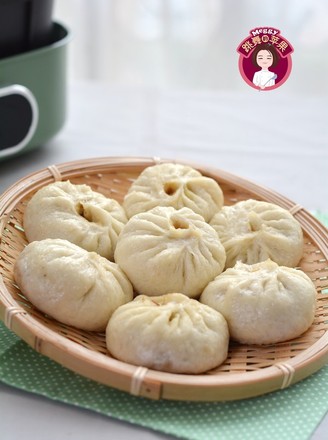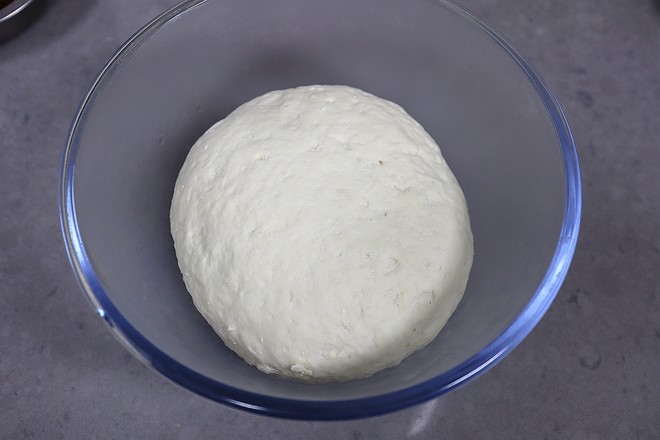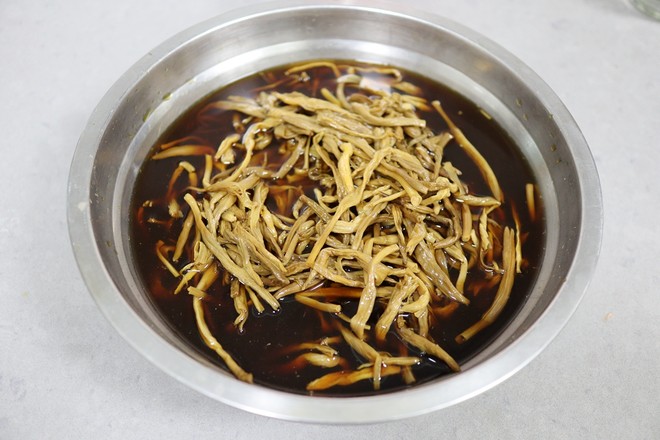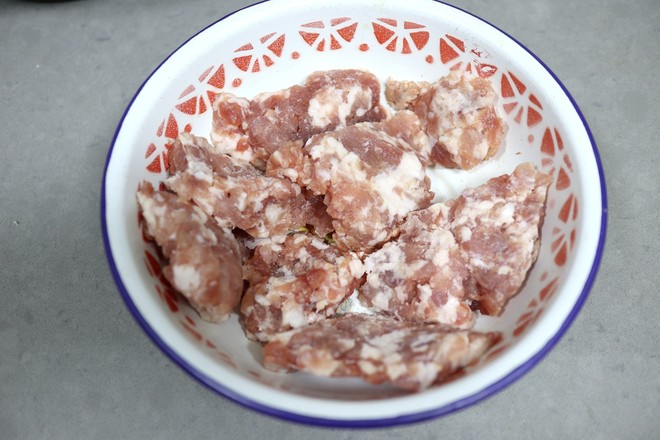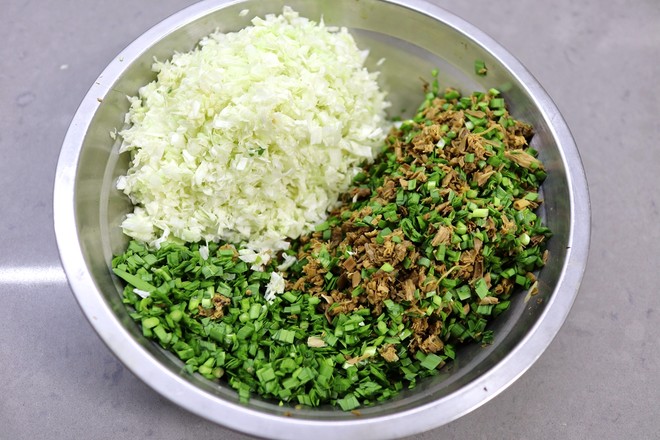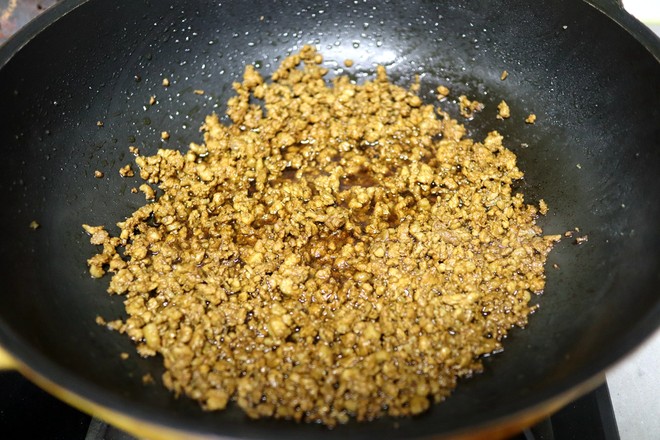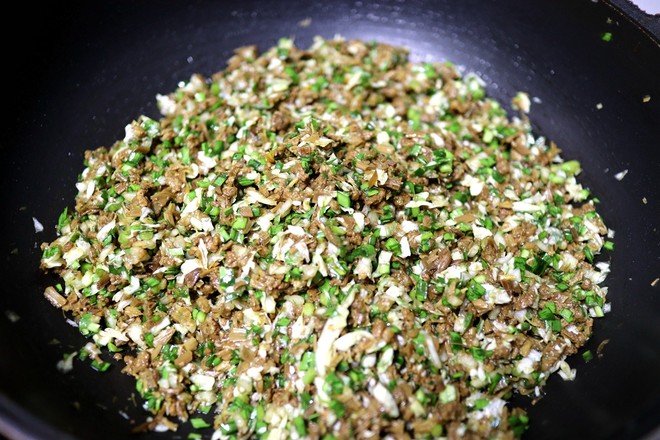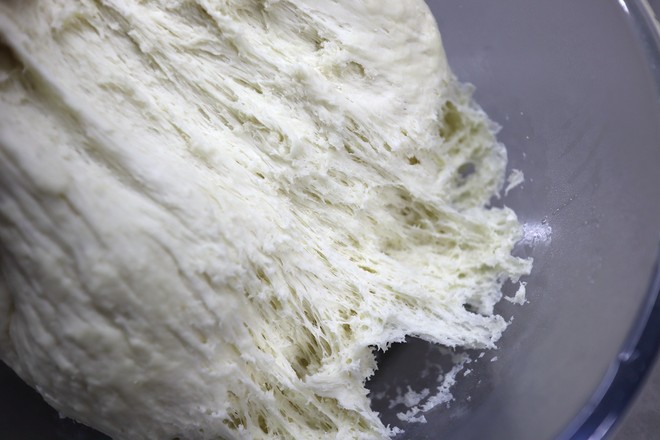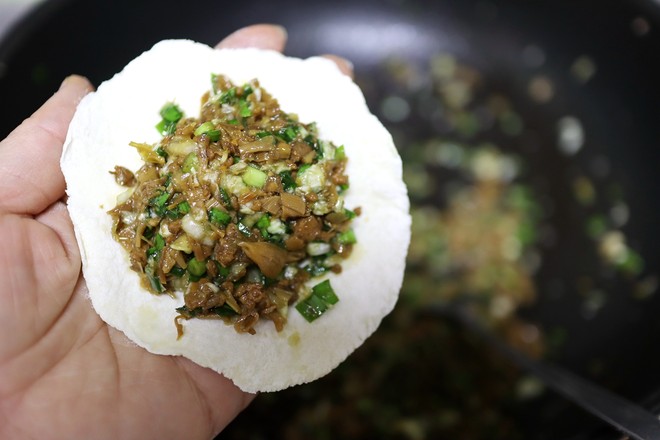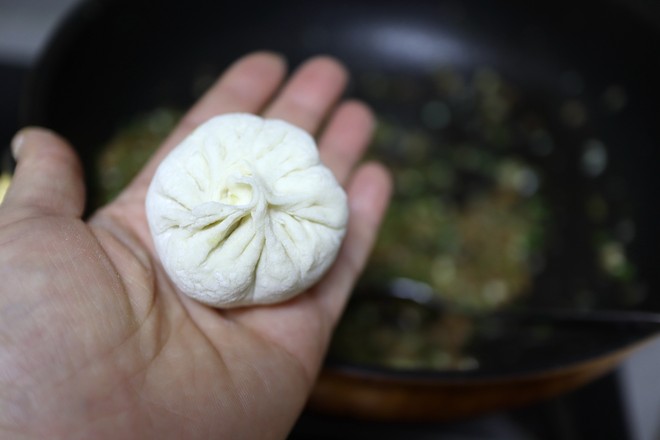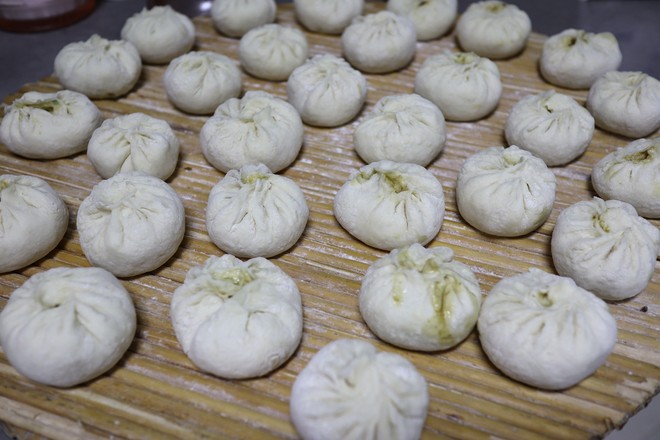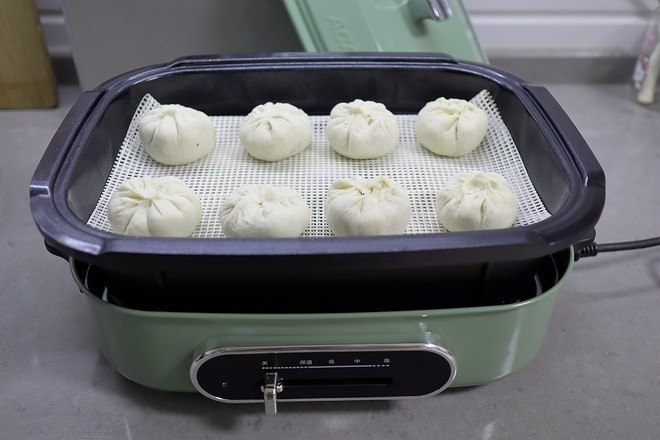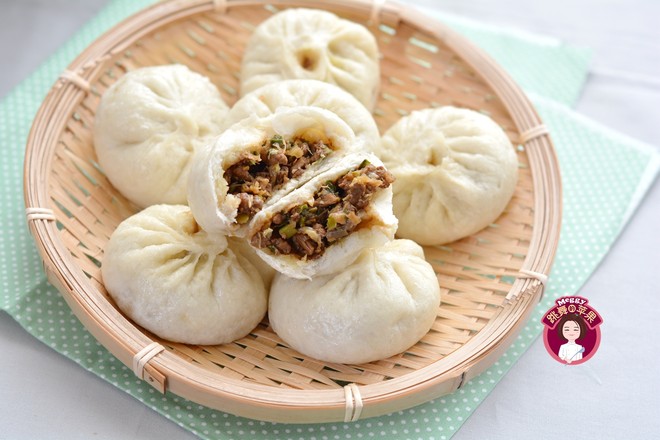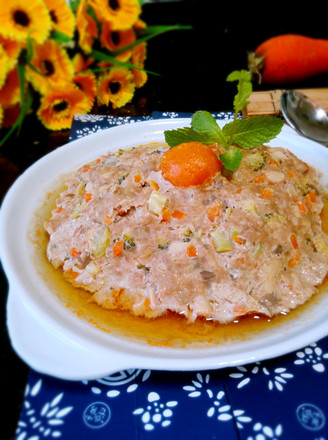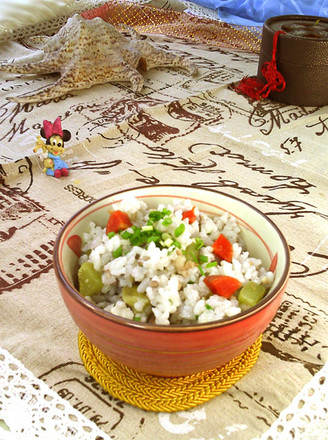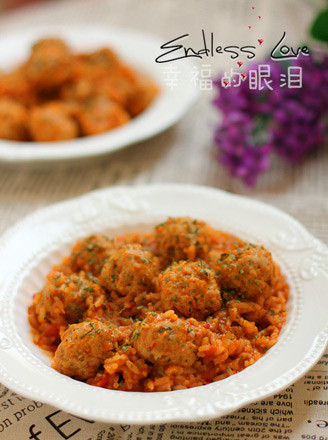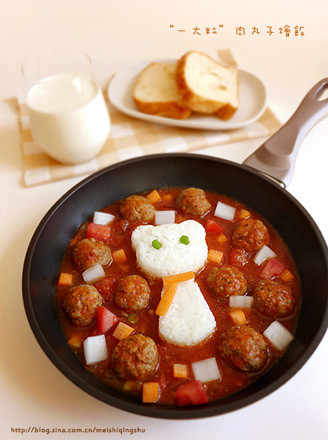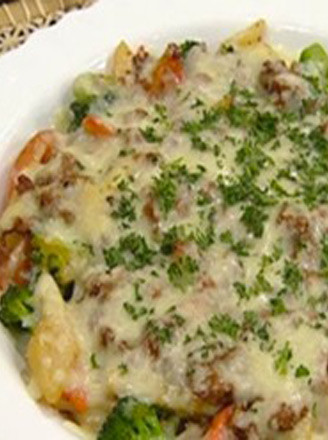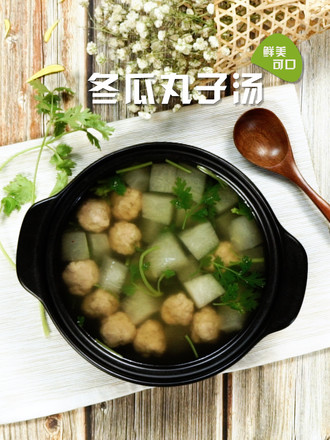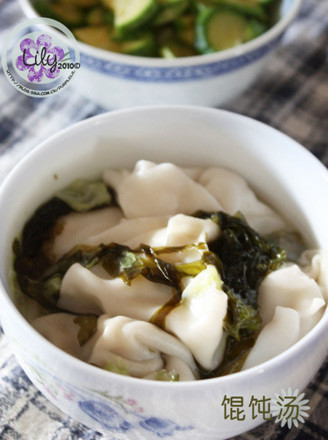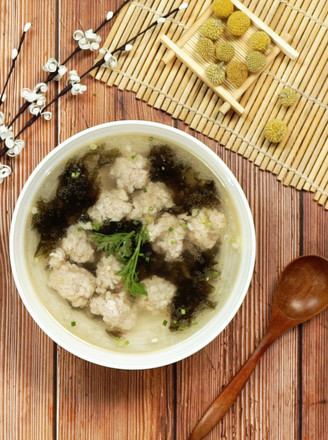Pork Golden Needle Buns
by meggy dancing apple
Favorite
Difficulty
Easy
Time
30m
Serving
3
The thin-skinned stuffed buns I brought today are very popular with my family. They are stuffed with pork, fresh vegetables, and dried daylily. Daylily, also known as golden needle, why is it called golden needle, I think it has something to do with its appearance and color when it is in bud! This golden needle is not the same as the enoki mushrooms we usually eat. The former is commonly known as day lily and belongs to the genus Liliaceae Hemerocallis, and the latter is a kind of fungus and mushroom. So I have always been surprised, why enoki mushroom is called Flammulina velutipes, but there are still others called enoki mushroom.
Let's talk about day lily!
Daylily, also known as Golden Needle and Nepenthes, is planted in the north and south, and the flowers are mostly pale yellow and orange-red. Su Dongpo Zeng Furi: "Although the daylily has a small flower, the lonely show can pull itself out, and among the chaotic leaves of the pavilion, one by one is inserted." The "Fangxin" he mentioned refers to the love of his mother. Bai Juyi also has a poem: "Du Kang can dispel boredom, day lily relieves worry", to comfort his old confidant Liu Yuxi's repeated banished life experience.
Daylily does not require high soil requirements, so the yield is large and the price is not expensive. However, because of its high nutritional value and good taste, it can be used in a variety of dishes and is regarded as a "treasure on the table." The rich carotene and lecithin are very good for the eyes and growth and development. In addition, it also contains many nutrients such as calcium and phosphorus. It is also loved by many elderly people because of its rich plant fiber which has the effect of promoting bowel movements. .
Common methods of day lily include stir-fried vermicelli, scrambled eggs, steamed chicken, moss meat, cold salad and so on. Although it has many benefits, it can also pose a threat to health if it is not handled properly. Fresh day lily contains colchicine, which is transformed from colchicine to dioxycolchicine in the human body and is poisonous. Therefore, the fresh day lily must be blanched with boiling water to avoid poisoning. In addition, drying day lily for a long time can also destroy colchicine. The day lily treated in this way is not only non-toxic, but also fully releases nutrients, which is absorbed and utilized by the human body, and brings a unique taste and flavor.
Today I re-soaked dried day lily to soften it, steamed buns with pork stuffing, cabbage, and leeks together with stuffing. The taste and texture are really not good. If you like to eat stuffing, I strongly recommend you to try it, and be sure to use fried meat to mix stuffing, which is far more fragrant than raw stuffing!
Let's talk about day lily!
Daylily, also known as Golden Needle and Nepenthes, is planted in the north and south, and the flowers are mostly pale yellow and orange-red. Su Dongpo Zeng Furi: "Although the daylily has a small flower, the lonely show can pull itself out, and among the chaotic leaves of the pavilion, one by one is inserted." The "Fangxin" he mentioned refers to the love of his mother. Bai Juyi also has a poem: "Du Kang can dispel boredom, day lily relieves worry", to comfort his old confidant Liu Yuxi's repeated banished life experience.
Daylily does not require high soil requirements, so the yield is large and the price is not expensive. However, because of its high nutritional value and good taste, it can be used in a variety of dishes and is regarded as a "treasure on the table." The rich carotene and lecithin are very good for the eyes and growth and development. In addition, it also contains many nutrients such as calcium and phosphorus. It is also loved by many elderly people because of its rich plant fiber which has the effect of promoting bowel movements. .
Common methods of day lily include stir-fried vermicelli, scrambled eggs, steamed chicken, moss meat, cold salad and so on. Although it has many benefits, it can also pose a threat to health if it is not handled properly. Fresh day lily contains colchicine, which is transformed from colchicine to dioxycolchicine in the human body and is poisonous. Therefore, the fresh day lily must be blanched with boiling water to avoid poisoning. In addition, drying day lily for a long time can also destroy colchicine. The day lily treated in this way is not only non-toxic, but also fully releases nutrients, which is absorbed and utilized by the human body, and brings a unique taste and flavor.
Today I re-soaked dried day lily to soften it, steamed buns with pork stuffing, cabbage, and leeks together with stuffing. The taste and texture are really not good. If you like to eat stuffing, I strongly recommend you to try it, and be sure to use fried meat to mix stuffing, which is far more fragrant than raw stuffing!

